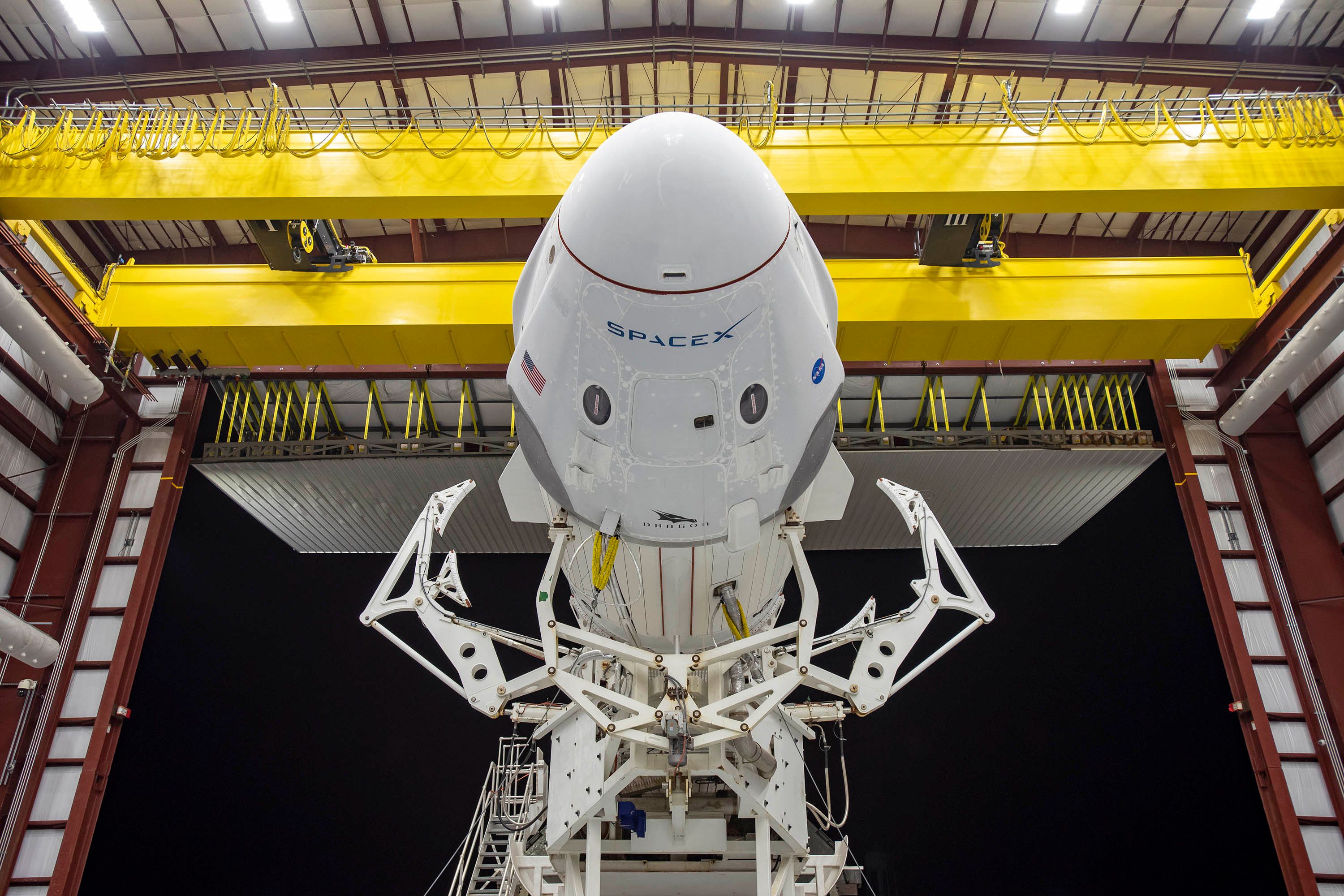The Private Sector in the U.S. Space Programme

The 2003 Columbia shuttle disaster forced a two-year flight pause and the eventual end of the space shuttle programme in 2011. Shuttles, necessary to transport the components of the International Space Station (ISS), the only space station still in orbit, proved too costly and risky for astronauts. As a result, the U.S. gave up on independent manned and supply flights to Earth orbit, with NASA relying on Russian services and their Soyuz craft. At the same time, the search for a successor to the space shuttle began, changing the approach to space programmes so far. The essence of the change was to entrust tasks to private enterprise, developing as a result of the gap in the space services market, which until then had been carried out exclusively by NASA or with only the partial participation of external entities. This gave an impulse to the dynamic development of the NewSpace sector, a global industry of private companies creating technologies for the exploration and use of space. In 2010-2020, out of NASA’s total budget of about $209 billion, as much as $162 billion was allocated to American NewSpace services. The entire U.S. NewSpace market for 2020 alone is estimated at around $50 billion.
NewSpace in NASA activities
The implementation of space goals by the U.S. administration with the help of private companies is not a new phenomenon. The companies have provided services to NASA since the agency’s inception, and cooperation with them was structured in 1984. Cooperation with NewSpace, however, has been developing most intensively since the beginning of the 21st century. With the decline in prices of new technology, greater competition, and growing demand from the U.S. government, space services started getting cheaper. Currently, the cost of launching 1 kg of payload into low Earth orbit (LEO) is less than $2,000, while in the 1980s it was about $85,000. The NewSpace industry is divided into two parts: the development of technologies and services for sending people and cargo (mainly, but not limited to, satellites) into space, and the research and implementation of new technologies for application on Earth.
The Trump administration’s civil space policy is set out in three documents. These are the National Space Strategy (2018) and Space Policy Directives No. 1 (2017) and No. 2 (2018), which include the goals of increasing the U.S. presence in LEO, long-term exploration of the Moon, and a manned mission to Mars. The documents emphasize cooperating with NewSpace and with foreign partners. Among others, the provisions recommend simplifying the approval procedures for private entities for orbital flights and supporting international cooperation with the NewSpace sector.
An example of a public-private partnership is the plan to restore NASA’s ability to carry astronauts to LEO using reusable vehicles (Commercial Crew Program, CCP), resulting in the flight of a SpaceX rocket carrying the Dragon spacecraft. Under CCP, contracts for manned and supply flights to the ISS were awarded not only to Elon Musk's SpaceX, but also to Boeing ($4.2 billion and $2.6 billion, respectively), which is developing the Starliner spacecraft. Both companies are to carry out 12 missions with 48 astronauts in total. They have recently been joined by Orbital ATK and Sierra Nevada Corp. as ISS cargo suppliers, also developing new vehicles.
NASA also uses NewSpace services in missions beyond Earth orbit. The Atlas V United Launch Alliance (ULA) rocket, an initiative by Boeing and Lockheed Martin, delivered the InSight mission rover to Mars in 2018. However, in July this year, ULA sent the Perseverance rover to Mars by itself. In 2019, NASA engaged 14 companies from the U.S. to help the agency implement the “Moon to Mars” program.
Cooperation and Competition with Europe
The European Space Agency (ESA), associating among others 19 EU countries, Switzerland, Norway and the UK, has been cooperating with NASA since the 1970s. The most important joint ventures include the ISS (also involving Russia, Japan, and Canada), the Hubble and Webb space telescopes, and the Cassini-Huygens mission that explored Saturn and its moons. ESA also uses the services of the American NewSpace. In 2019, the Dragon (SpaceX) vehicle provided materials for ESA’s orbital scientific experiments to the ISS. SpaceX and ULA will also launch a constellation of oceanographic satellites developed under the international programme involving NASA and ESA (Sentinel-6/Jason-3).
Although the American NewSpace has become the leader of commercial spaceflight, it has to face competition not only from Russia and China, offering delivery of payloads to orbit, but also from European entities. ESA has similar orbital capabilities as the major players in the U.S. market do: the Ariane 5 heavy rocket and the Vega light rocket are used in commercial and government missions. However, the costs of their use is much higher than their American counterparts. That's why ESA is developing a reusable rocket engine to power the next versions of Ariane. Big European companies, as well as small and medium-sized enterprises, compete with the U.S., offering technologies that are already winning over the offer of American companies. Airbus developed service modules for NASA’s Artemis manned lunar programme and the Polish company Astronika developed some of NASA’s Martian InSight tooling (called a “mole”, it is a drilling tool for probing the planet’s crust).
Conclusions
The NewSpace sector in the U.S. can expect a steady increase in funding on programmes implementing U.S. space strategy. The falling service prices will be an incentive for the U.S. authorities to continue to shift the burden of technology development and implementation to private companies, especially in the face of public spending cuts following the COVID-19 pandemic. At the same time, companies with financial backing (SpaceX, owned by Musk, who also owns Tesla; Blue Origin from Amazon; Boeing) will probably also develop independent projects, implementing technologies, and even gradually taking over the role of countries and space agencies in the field of the most ambitious undertakings. The growing demand of states and private and international institutions for Earth-observation capabilities and satellite telecommunications services as well as the growing competition on this market will also contribute to the development of NewSpace.
European countries can utilise the developing American NewSpace market to strengthen transatlantic cooperation in space exploration and research. In connection with the U.S. government’s traditional policy of outsourcing mainly from American producers (possibly from companies that invest in the U.S.), it will be necessary, on the one hand, to create tools supporting the presence of European space companies on the American market and, on the other, to introduce transatlantic space cooperation at the political level. Deepening cooperation in the space sector is important in the face of the growing potential of China, which signals its growing ambition to provide space services.
It is in the interest of European countries to increase their ability to compete with U.S. companies, primarily in the field of scientific and technical research and its implementation, and to create mechanisms to protect the European NewSpace against takeovers. The obtained solutions can be used to modernise the European industry and increase the attractiveness of European high-tech exports. The American determination to increase its presence in space may also be an opportunity for European entities, including Polish one, which will, however, need institutional support in competing for the American market. To this end, Poland, as a member of ESA, should increase its involvement in the agency’s work. It should maximise efforts to support and promote both public and private institutions interested in cooperation with ESA and American entities in the field of space technologies.


